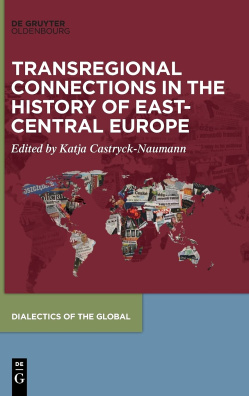Zařazeno v kategoriích: ZAHRANIČNÍ LITERATURA
Transregional Connections in the History of East-Central Europe: 9 (Dialectics of the Global, 9)
Castryck-Naumann
ISBN
978-3110680430
EAN
9783110680430
Transregional connections play a fundamental role in the history of East-Central Europe. This volume explores this connectivity by showing how people from eastern and central parts of Europe have positioned themselves within global processes while, in turn, also shaping them. The contributions examine different fields of action such as economy, arts, international regulations and law, development aid, and migration, focusing on the period between the middle of the nineteenth century and the end of the Cold War. The authors uncover spaces of interaction and emphasize that internal and external entanglements have established East-Central Europe as a distinct region. Understanding the connectedness of this subregion is stimulating for the historiography of East-Central Europe as it is for the field of global history.
Ostatní s tímto titulem kupují:
-
Položka byla přidána do košíku.
















